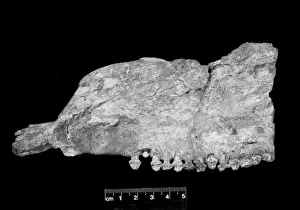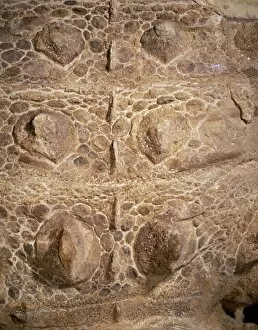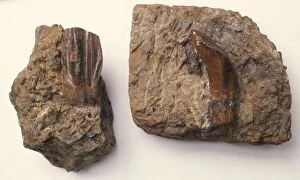Archosauria Collection (#14)
Step into the world of Archosauria at the Natural History Shop, where ancient wonders come to life
All Professionally Made to Order for Quick Shipping
Step into the world of Archosauria at the Natural History Shop, where ancient wonders come to life. Marvel at the majestic Triceratops and imagine what it would be like to have one as a pet. Take home a piece of history from our extensive collection - fossils, replicas, and more. Don't miss the breathtaking Crystal Palace Dinosaur Models that transport you back in time. Encounter the mighty Iguanodon and Hylaeosaurus as they roam freely in their prehistoric habitat. Dive deep into the sea with Ichthyosaurr, Plesiosaurus, and soar through the skies alongside Pterodactylus. Immerse yourself in scenes from Wealden Times, where you can witness these incredible creatures coexisting with other fascinating species. Discover Archaeopteryx - a bird-like dinosaur that bridges the gap between reptiles and birds. Explore The Wealden region's rich history through restorations found in Crystal Palace Park. Unearth secrets about Scleromochlus - an early archosaurian ancestor known for its agility. Stand in awe before Diplodocus, marveling at its colossal size. Admire Polacanthus' impressive armor plating while learning about its defensive capabilities. Listen closely to Corythosaurus' melodic calls that once echoed through ancient forests. Archosauria offers an unforgettable journey through time for all ages. Come discover these incredible creatures who once roamed our planet millions of years ago.
























